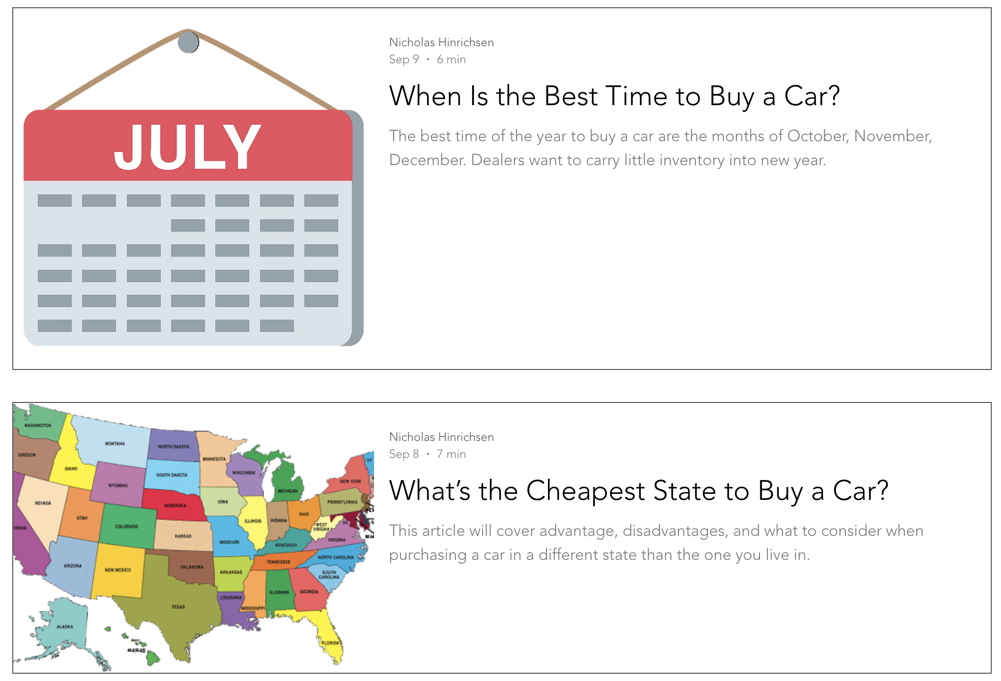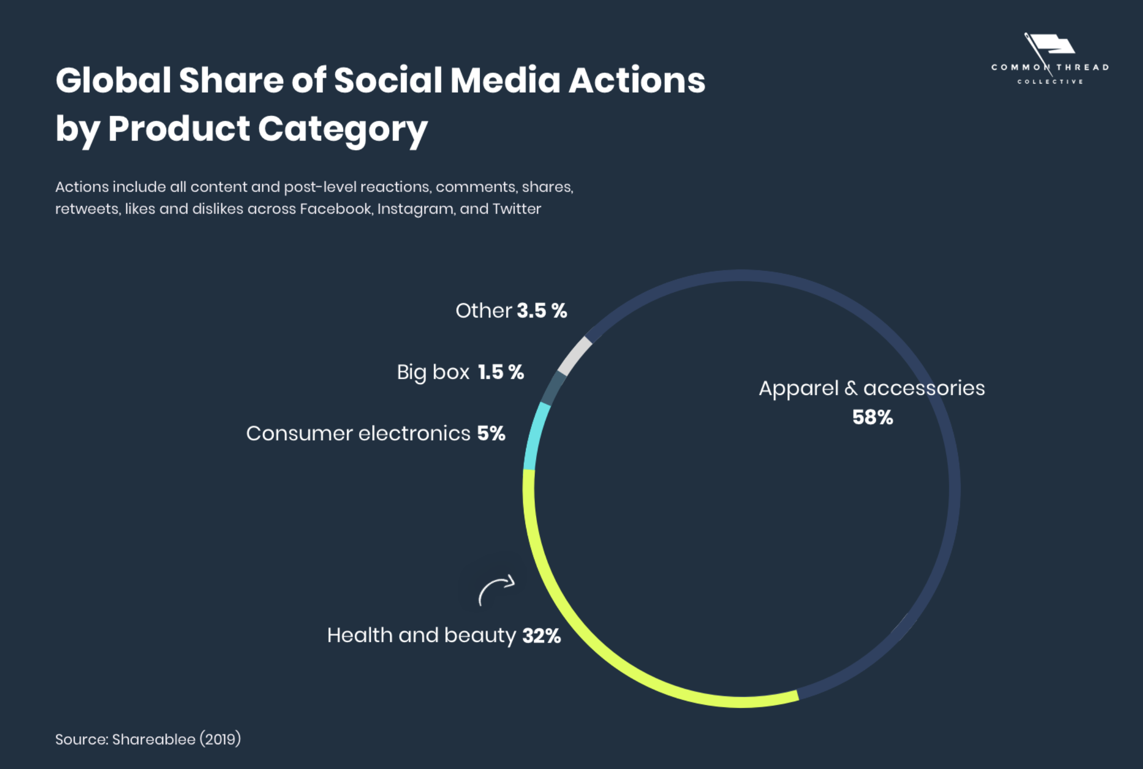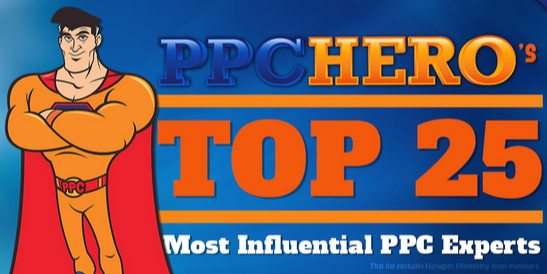5 Expert Tips on How to Increase Site Traffic in 2020
It’s no secret that Google loves updating its SEO algorithm. In fact, over the course of a year, they may make upwards of 500+ changes!
SEO is the process of optimizing your content, so it shows up more often in search results. With so many changes to navigate, it’s easy to miss something. And soon enough, you could find your first page search rankings now on the second or third pages.
If your site content isn’t ranking in the search engines for your preferred keywords and phrases, all is not lost. There are still plenty of ways to improve your rankings while also getting quality traffic from other locations as well.
But if you get it right, you can reap the benefits of increased traffic, which leads to more conversions, improves lead generation, and boosts sales.
To help with this process, here are five practical content creation and marketing tips that worth exploring. Be sure to read along and follow these tips to increase back traffic to your website.

1. Blog Regularly and On Schedule
In recent years, blogging and content marketing have been very big components of the digital marketing landscape.
Now it seems like most businesses and websites have their own blog, and with good reason – blogging brings more traffic to your website, helps you establish better and stronger relations with the audience, and will help you to establish yourself as a lead thought in the niche.
However, it to comes to blogging and business, there is a certain art to it. For example, what are ecommerce sites and ‘boring’ niche markets supposed to blog about?
More often than not, the best way to get around this is to create content that is relevant to the business or service offered, but still providing value to your audience.
A perfect example of this can be seen on WithClutch, as they are a refinance and personal finance business, but also have blog topics ranging from “When is the best time to buy a car?” or “Whats the cheapest state to buy a car in?” and other related topics.

The key takeaway here is that they are able to create content through their blog that are covering topics that their audiences and potential customers are likely already searching for. This is a win-win situation for both the blog and the end user.
As with all blogging efforts, will take time, but it’s really worth it when you have a clear plan and a content calendar in place. You can also convert the blog content into an infographic, slide deck or e-book. And definitely make sure you are taking advantage of social media and everything it has to offer.
The better the content, the more it is enjoyed and discussed by the public, which means more readers and loyal fans who visit your blog on a daily basis.
2. Focus on SEO and Long Tail Keywords
Like it or not, search traffic is still one of the most effective ways to get high quality traffic and leads back to your site. The only problem is it’s super competitive and saturated.
Search engine optimization (SEO) is the process by which a website is visible in the search results, and can improve their rankings by making improvements to their site, content and social channels.
This can be done by optimizing keywords and site layout, reducing loading time and making the website easy for mobile users to search the site. It’s also important to make sure you are using SERP tracking tools to see what keyword and ranking movements your optimization efforts are having.
The early ranking algorithms of the search engine relied heavily on the content of the keyword for ranking purposes. This meant, however, that website designers could hack the system and use keyword stuffing to increase rank.
Now it’s a much more complicated process and not one that is easy to game. Page ranking algorithms are much more advanced and rely on several factors, like inbound or backlink quality and relevance.
3. Create Comprehensive, Authoritative, Evergreen Content
If you are going to spend your time writing content, it’s important that you make sure it’s worth your audiences time and provides real value. It’s also a good idea to focus on ‘evergreen’ topics so you content doesn’t go stale after just a few months.
Some of the best forms of evergreen content come in the form of resource guides, how to’s, and user tutorials. You must then create content that targets the customers rather than robots—using quick, short, but true phrases.
Depending on the niche market you are currently focused on, this might be easier or harder to accomplish. MeetEdgar has a nice resource guide that highlights a few different examples of evergreen content across a wide range of niche markets. Be sure to check it out to get some new content ideas for your site or blog.

No matter what type of content you are creating or who it’s for, there are several great ways to show search engines that your site really provides content of value — and that through detailed, authoritative, evergreen content.
Here are some of the working methods to best accomplish this.
- Long-form content stick. Longer content tends to exceed shorter content (at least 2,000 words).
- Use LSI keywords. There are keywords or phrases that are closely related to the content of your post.
- You will have to do research to write quality content so that you can have information that is very valuable.
- Be easy to learn. Be quick to read. Html uses whitespace, headings, short paragraphs and related photos to facilitate the page’s consumer consumption and time rise.
- Have links and deals of high relevance on the page. Provide meaningful internal connections to address the query of a reader. This will also reduce error rates significantly to bring people onto the website.
- Include photos, illustrations, video and text. This catches the interest of readers and makes them more interested in the content.
Before writing your next article, be sure to run through the list above to make sure your content hits all of these fine points.
4. Comment and Contribute on other Relevant Blogs
Despite what many people thing, commenting on and contributing to other websites and blogs is still very effective today. Yes, you might not get a dofollow link back from these efforts, but they can help with getting your name out there and boosting new clicks and visits over to your site.
Comment threads are very close to forum marketing, in the sense that you can take time to show that, rather than searching for traffic, you are trying to contribute when commenting on a post. In a perfect future, you can frequently try to comment on your own blogs.
And the act of guest blogging or contribution with original content to other sites is also nothing new, however, it is still a huge opportunity for your site and brand. More often than not, the only cost associated with guest blogging is your time and outreach effort, and as you continue to gain new placements on smaller sites, this will help with your ability to contribute to much larger ones down the road.
Both of these methods are perfect for backlinks and creating influencers in your niche, but in this situation, you are still a daily reader and blogger so you won’t sound as though you were a spammer by linking to one of your pages.
5. Find Your Audience on Social Media
Social media can be a perfect way to build your following and consequently boost your website traffic. You cannot, however, only post links to news items or blog posts and hope people can fly.
Instead, you need a plan to identify the best brand platforms and then find out how your specific target customers use those platforms.
And when it comes times to read new audiences, don’t over your options with influencer marketing. And depending on your niche market, the reach and power of influencer marketing can result in higher

With more than 3 billion users spread across the most active social platforms like Instagram, Facebook and Twitter, it’s now easier than ever before to reach new audiences and redirecting them back to your site.
With influencer marketing in play, it’s also a cost-effective solution for testing out. While celebrities and big players are generating thousands of dollars for individual posts, smaller micro and niche-influencers often cost a fraction of that, but also offer much tigher audience targeting.
Bonus Tip: Promoting Webpages on YouTube
This last bonus tip is one that we could write a whole resource guide on, but we will just quickly recap here and let you explore it in more detail on your own.
In short, YouTube is the largest video search engine in the world. It’s free to use and they even host your video content for free. Throw in that billions of video impressions are taking place daily, and when utilizing this platform correctly, it could be a huge source of traffic for your site.
When creating videos, don’t forget that most readers have a short focus and attention span, so the video must be short, snappy and also includes a call to action telling the viewer to click on the links in the description area.
YouTube allows for users to add backlinks to their video content descriptions, which also means more clicks and traffic back to your site. To learn more about how to rank videos on YouTube, check out this YouTube SEO resource guide.
Quick Tips on How to Increase Real Traffic to Your Site
There you have it. Five simple and effective expert tips to help increase traffic to your site through the use of improved search rankings, more social activity and creating better content for your audience.
Be sure to start implementing these methods, while also keeping an eye on your traffic levels to see which methods work best.




